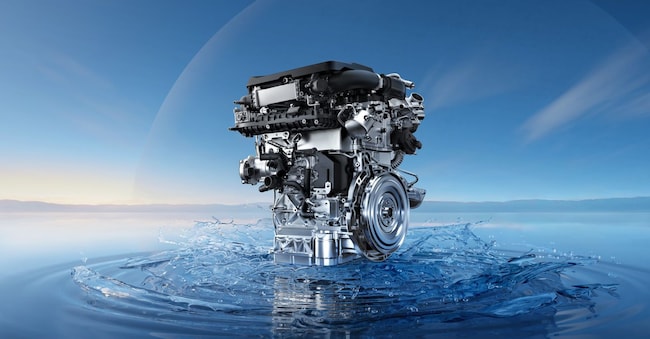Omoda and Jaecoo, from China, develop heat engines with 48% efficiency.


The internal combustion engine remains central to the growth of Chinese cars abroad. At the Omoda and Jaecoo International User Summit 2025, the Chery Group showcased its developments in internal combustion engines. Specifically, the parent company of Omoda and Jaecoo is working to develop internal combustion engines capable of achieving a future thermal efficiency of 48%, compared to a current average of 38% to 45%. Every percentage point gained in internal combustion efficiency represents a technological challenge of enormous magnitude. The research and development team is working to overcome these obstacles through numerous disruptive innovations, including a particularly high compression ratio of 26:1, hyperbolic triple-link crankshafts, a 35% exhaust gas reuse (EGR) rate, and advanced thermal insulation coatings. This technical achievement could redefine the value of hybrid vehicles: data shows that for every 1% increase in thermal efficiency, the vehicle's overall fuel consumption decreases by approximately 2.5%. In addition to the study of the new engine, the focus on developing solid-state batteries was highlighted, which could radically transform the experience of using an electric vehicle.
The spotlight is also on the SHS (Super Hybrid System), where the three main components (the fifth-generation 1.5 TDGI Miller cycle hybrid engine, the dual electric motor, and the DHT transmission) work synergistically. The 1.5 TDGI engine is equipped with technologies that achieve a thermal efficiency of 44.5% and fuel consumption of 6 liters/100 km. The DHT transmission, specific to hybrid engines, intelligently switches driving modes based on vehicle speed, precisely adapting power and fuel consumption to different conditions. The hybrid battery pack is equipped with all the safety systems for complete protection, including heat, shock, and water resistance, as well as a 2-millisecond post-collision power cut-off. It allows for a 100% electric range of 90 kilometers and, thanks to the V2L function, can power external electrical devices up to 3.3 kW.
News and insights on political, economic, and financial events.
Sign upilsole24ore





